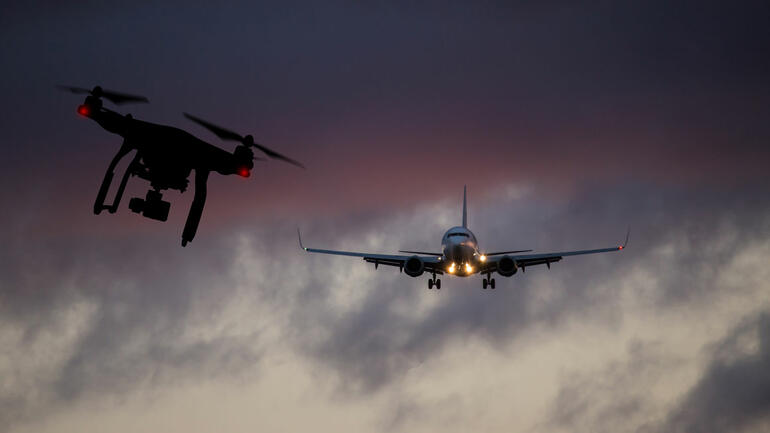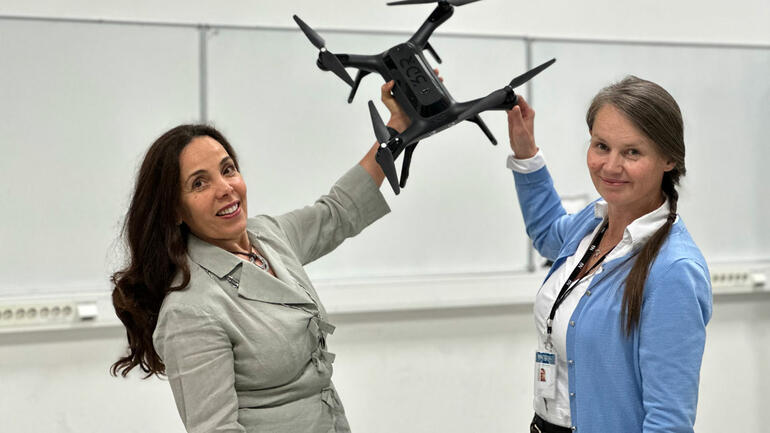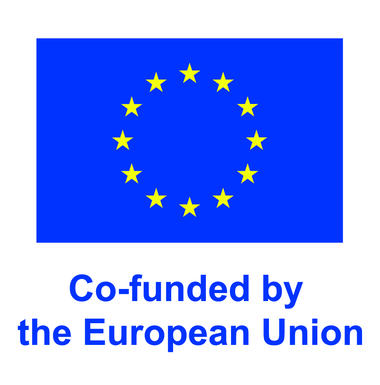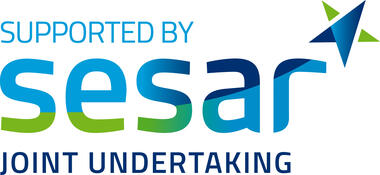“This project will contribute to design the city of the future. The cutting-edge project is not only about technology, but also legal aspects, safety and security, privacy, ethics and accountability”, explains Professor Aurilla Aurelie Arntzen at the University of South-Eastern Norway. She will lead the project and has conducted research on robotics and Artificial Intelligence (AI) for many years.
The project is co-funded within the framework of the SESAR 3 Joint Undertaking (SESAR 3 JU) and Horizon Europe. The SESAR 3 JU manages the U-space research programme for the safe and secure integration of drones. As an exploratory research project, AI4Hydrop is expected to provide the innovation seeds for future industrial research and large-scale demonstrations that will eventually help pave the way for operational deployment.
Missing rules in space
With a grant of almost EURO 2,000,000 and 10 partners, the project will work on a framework to improve airspace safety. The research aims to develop a roadmap to support airspace structure management.
“Roads in cities are regulated and organised into clear driving lanes but the space above has yet to be organised in a way that enables safe and effective use of that space. We will look at the city from a 3D perspective which encompasses aerial corridors and no fly zones and develop a set of rules allowing drone's operations while taking into account several constraints such as regulations, noise and level of citizens' acceptance” says Arntzen.
The project builds on knowledge gaps identified in several European projects including the "U-space Separation in Europe " (USEPE) project in which some members of the current consortium have participated. With an increasing number and diversity of potential drone operations, managing the airspace to accommodate these drones will become an increasingly sophisticated task, especially in densely populated urban areas encompassing restricted zones with dynamic environmental and operational influences. Due to the associated higher probability of conflicts, and ultimately collisions, such areas require management of dedicated structured airspace, operations, and services to help mitigate these potential hazards.
With an increasing number and diversity of potential drone operations, managing the airspace to accommodate these drones will become an increasingly sophisticated task, especially in densely populated urban areas encompassing restricted zones with dynamic environmental and operational influences. Due to the associated higher probability of conflicts, and ultimately collisions, such areas require management of dedicated structured airspace, operations, and services to help mitigate these potential hazards.
Strong partners
The international consortium in the AI4HyDrop project represents universities and research institutes, public sector and airspace industry from Spain, Turkey, Germany, Czech Republic, France and Norway.
The partners have complementary competence such as developing Artificial Intelligence models, wind field and turbulence, and air traffic management. The kick off meeting will take place on the 27th of September at Cuatro Vientos Airport, Madrid, during the Expodronica event.



